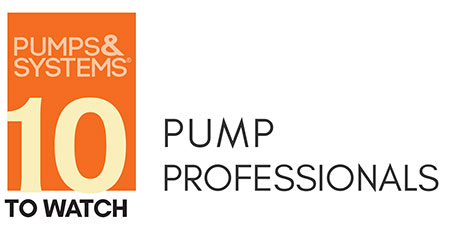
Stephanie Villars
Applications Engineer
Applied Flow Technology
Hands-on experience—this is what Stephanie Villars, 24, would recommend to students and newcomers in the pumps industry. “I would recommend taking as many opportunities as possible to do internships or visit actual piping systems,” said, Villars, an applications engineer at Applied Flow Technology (AFT). “The more understanding you can get of the data sources that you will be using for modelling, the easier it will be to model those systems and apply your theoretical knowledge to the physical system.”
An applications engineer at Applied Flow Technology, Villars is a graduate of the Colorado School of Mines and a member of the Society of Women Engineers (SWE) and the American Institute of Chemical Engineers (AIChE). She lives in Colorado Springs, Colorado, and works in a variety of industries including oil and gas, nuclear power generation and water/wastewater. “In college I pursued my degree in chemical engineering with a minor in applied mathematics due to my interest in being able to create computer simulations that could represent physical systems,” Villars said. “Through my job search I discovered AFT, which provided a perfect entrance to the pipe flow industry.”
Villars said one area she enjoys in her job is the challenge of learning how to model systems to predict how they will perform under different conditions.
“I enjoy the challenge of finding new and creative ways to troubleshoot operational problems and improve the efficiency in piping and pumping systems,” she said. “It is especially exciting to see new advances in technology through control systems that are helping to allow for more intelligent designs.”
Continuing to gain experience in this field, Villars values hands-on experience, attending seminars and workshops and supporting customers while consulting on projects. “This has allowed me to learn about not only theoretical considerations in modeling piping systems, but also practical issues that engineers face on a day-to-day basis,” she said.
 Read about other 10 to Watch winners here.
Read about other 10 to Watch winners here.
What do you find most challenging about working in this industry?
“The greatest challenge is helping engineers to make estimates based on severely limited data. In some cases there are still reliable ways to make conservative estimates for modeling the systems, but ultimately the accuracy of your model results will depend on the accuracy of your inputs.”


